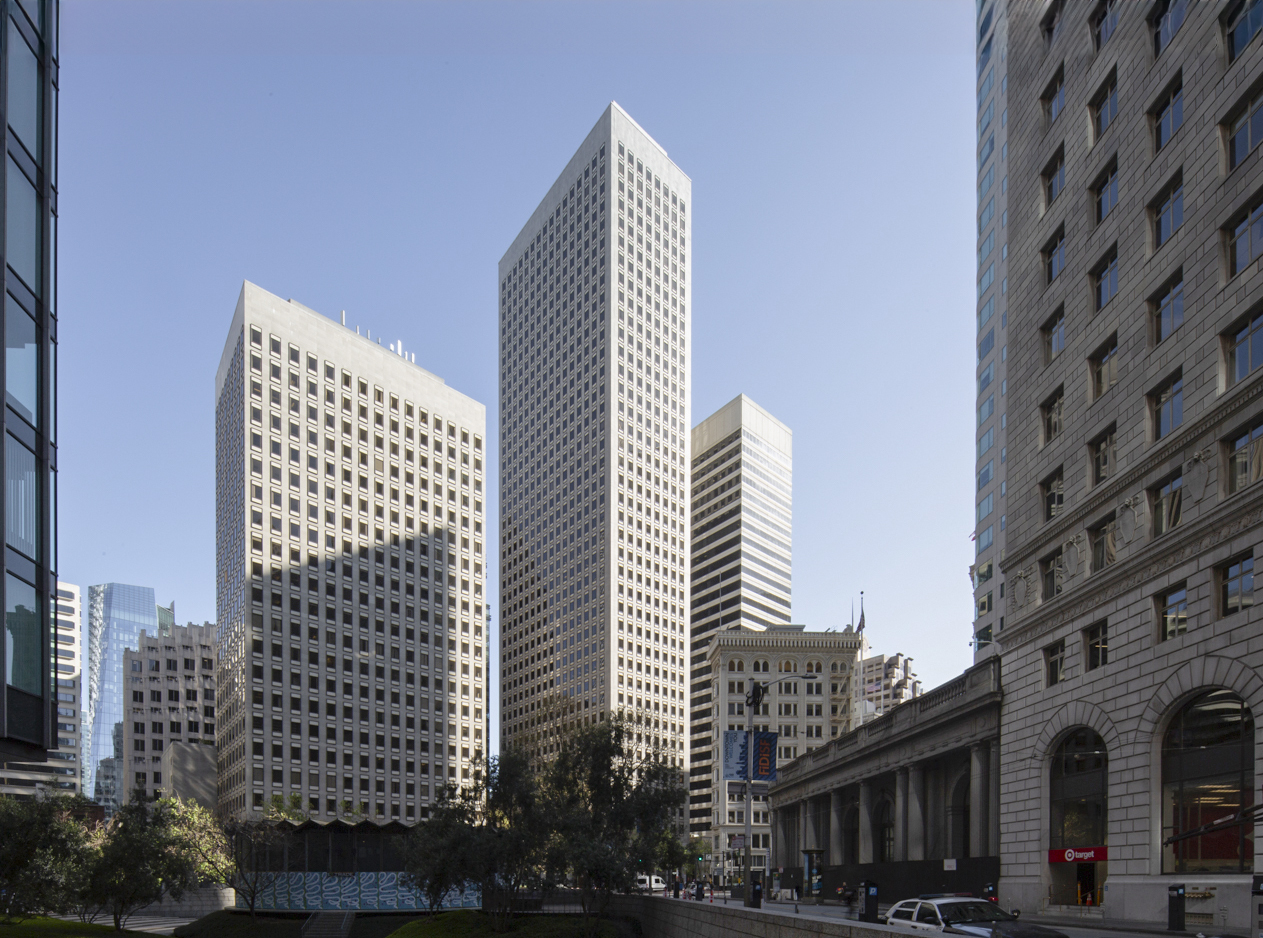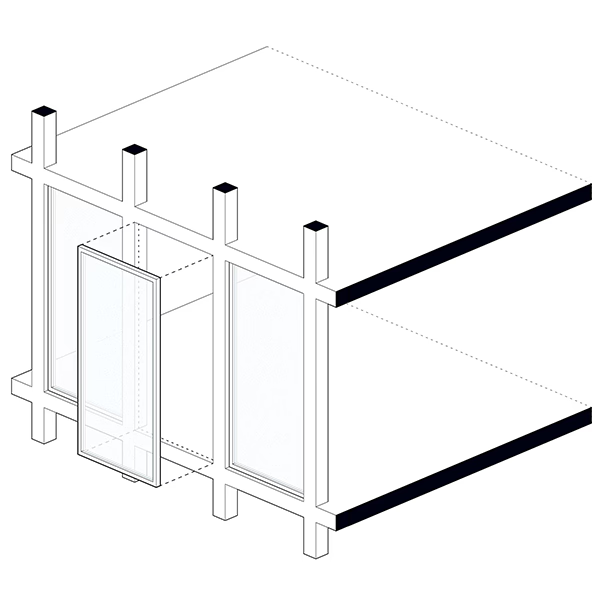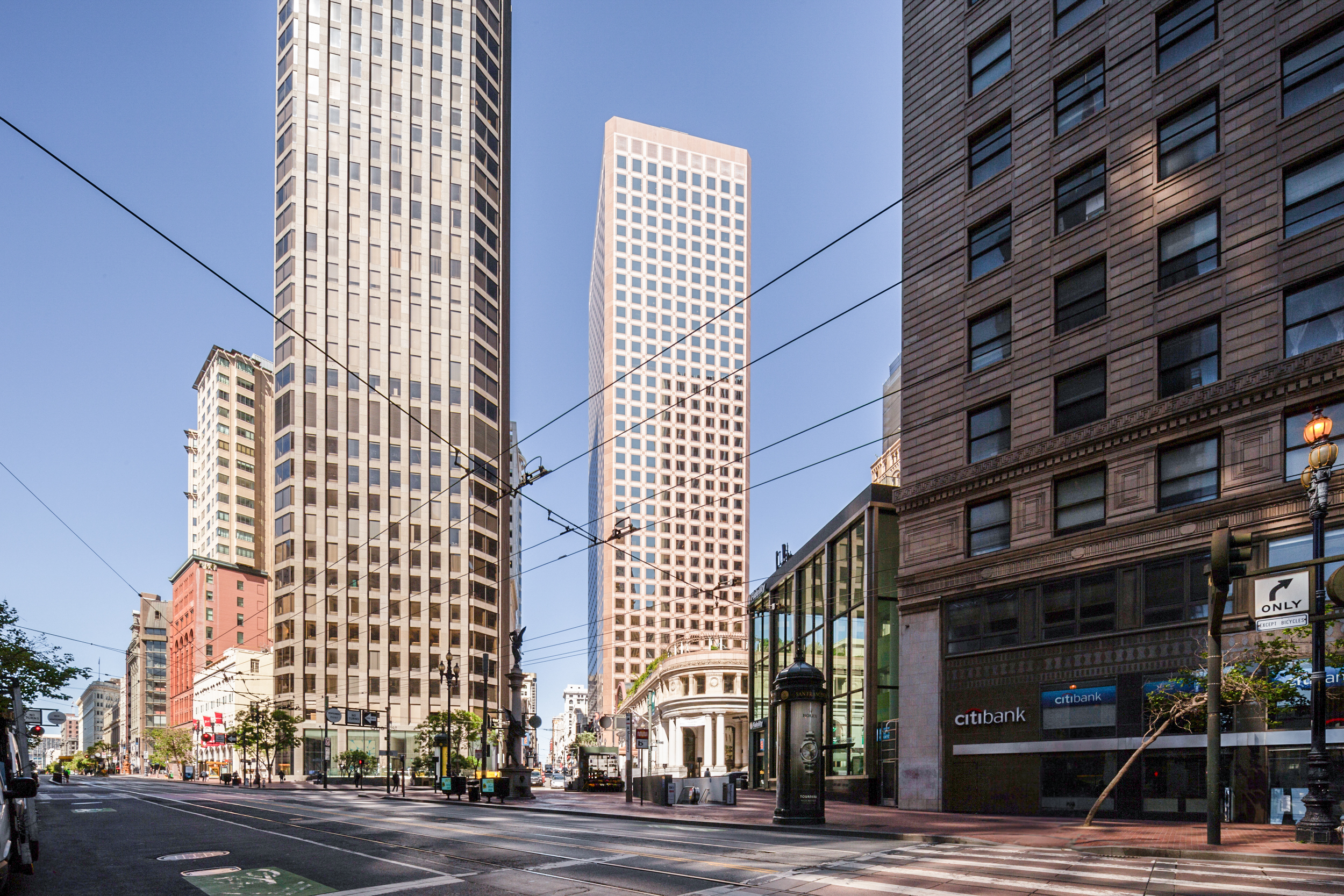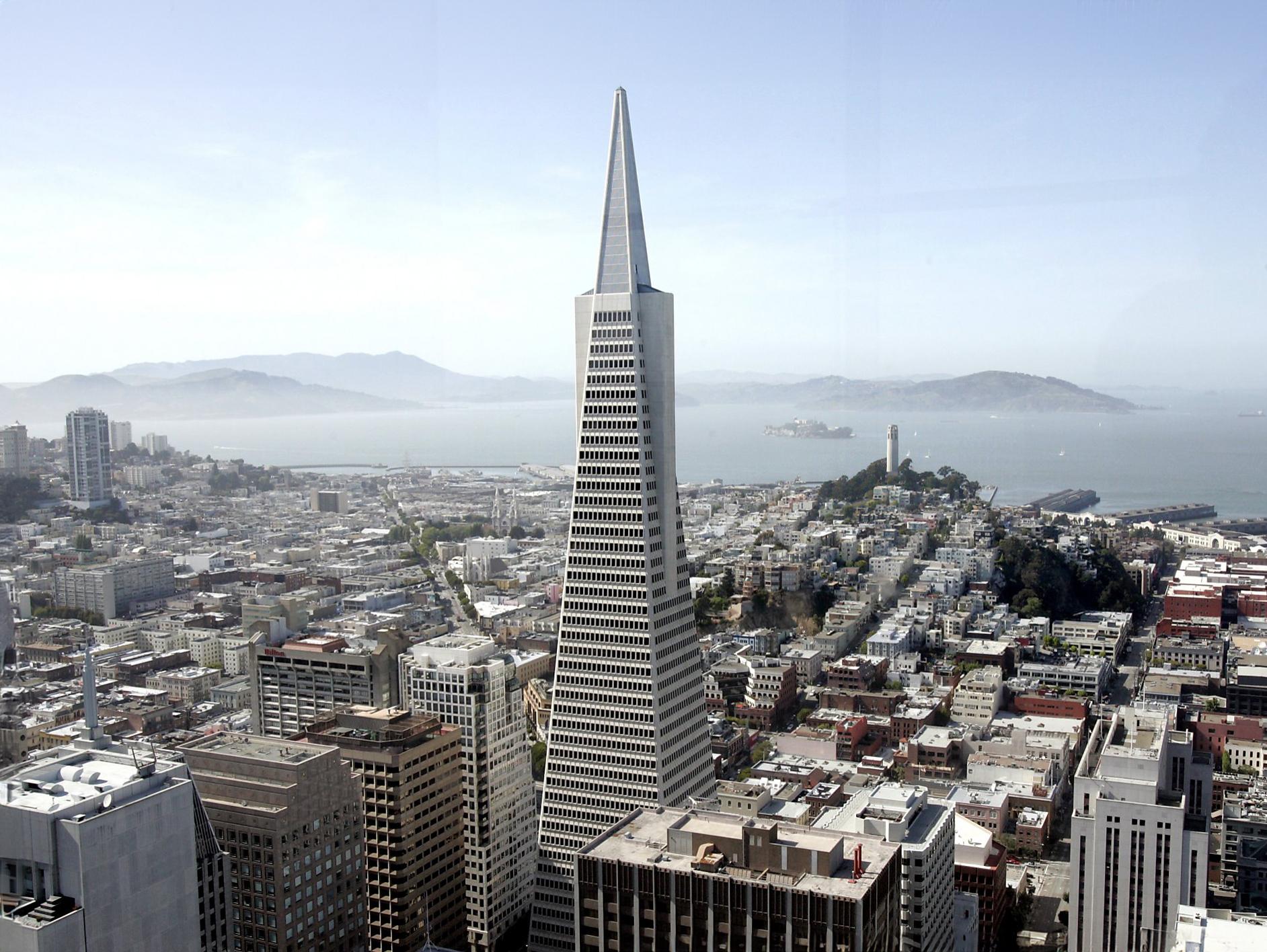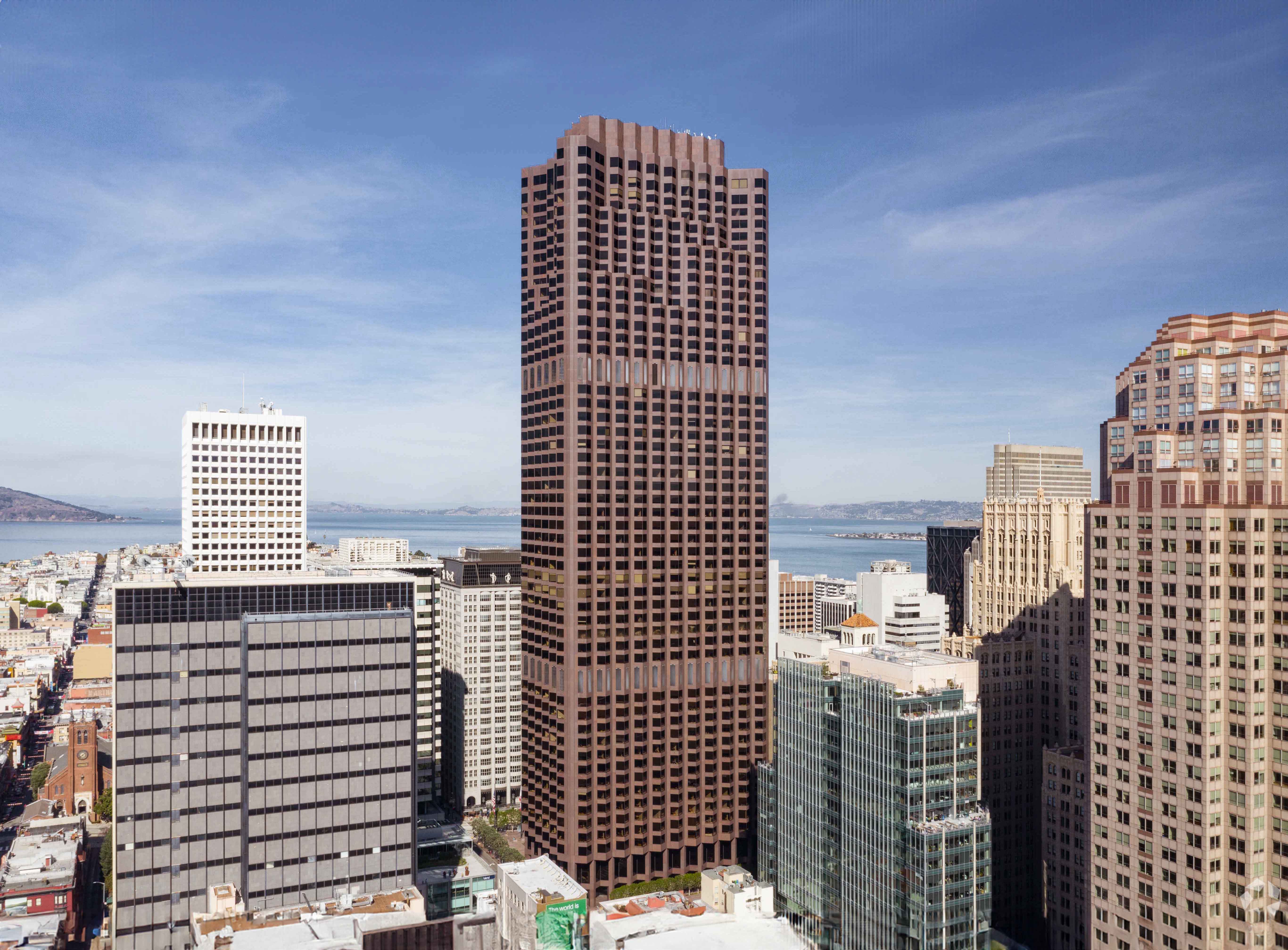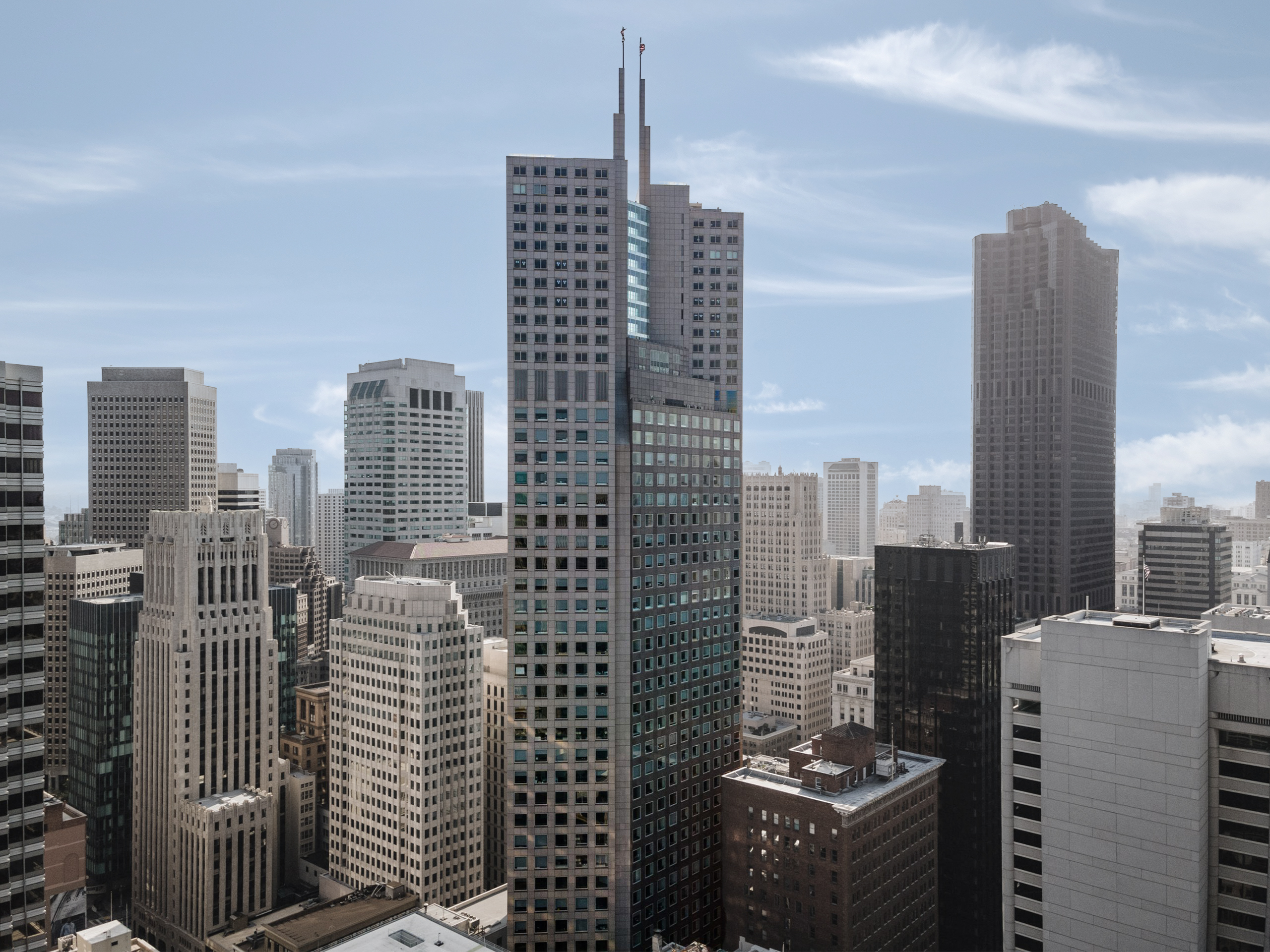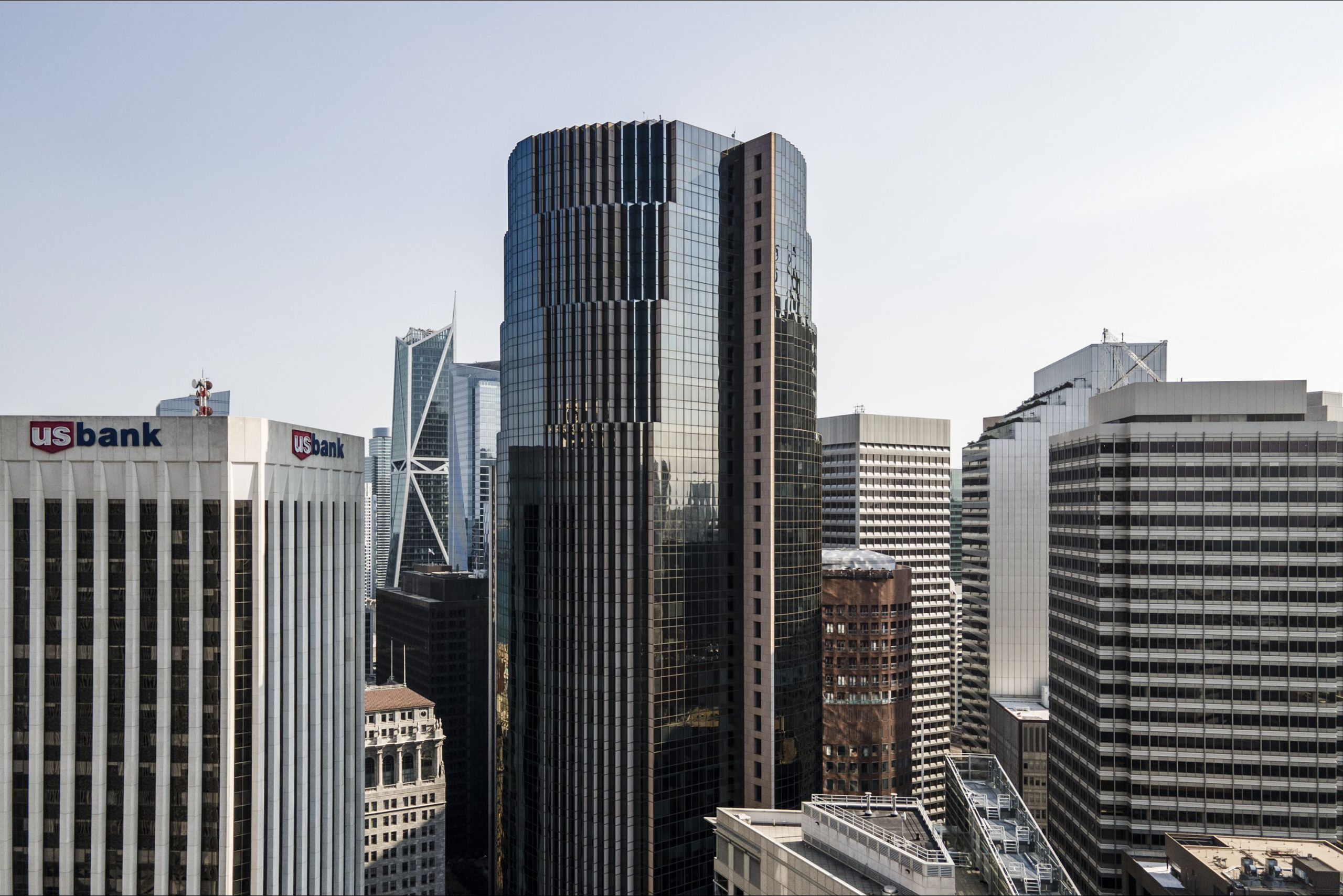The 575 Market Street Tower at Market Center is a Postmodernist skyscraper designed by Hertzka & Knowles, and built in 1975 in San Francisco, CA.
575 Market Street Tower at Market Center is not the only name you might know this building by though. It is common for companies to want to attach their names to iconic buildings when they move in, or for the general public to come up with nicknames, and this one is no exception. The building has changed names several times over the years, and is also known as:
- Standard Oil of California Tower between 1975 and 2001.
- Chevron Tower.
Its precise street address is 575 Market Street, San Francisco, CA. You can also find it on the map here.
